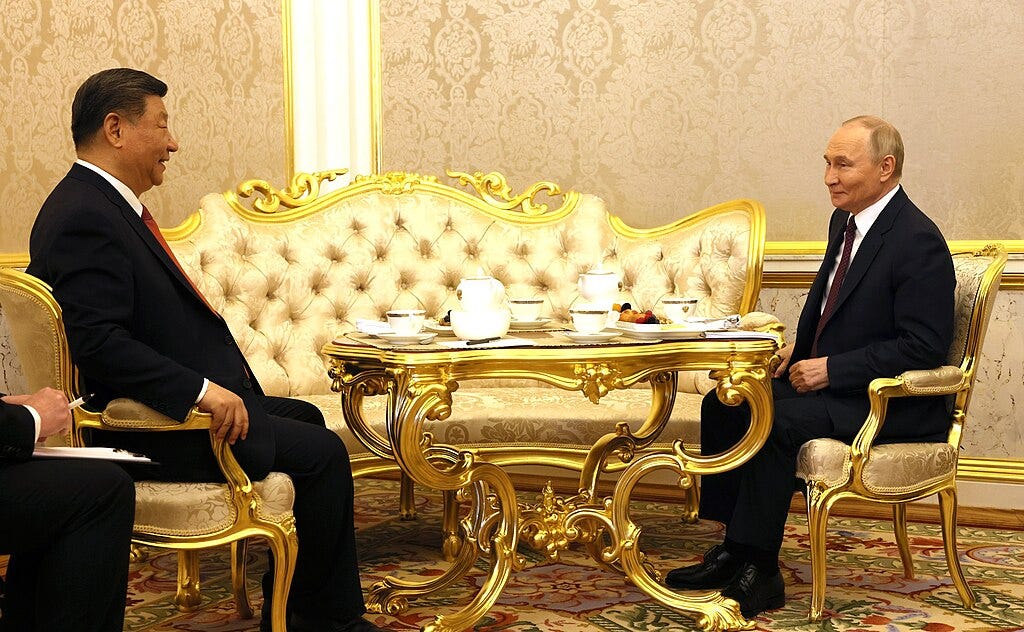China–Russia Energy Diplomacy and Its Gulf Reverberations
Moscow’s sanctions-driven pivot to China redraws energy maps, leaving Gulf monarchies to wonder if their leverage is eroding.
When Xi Jinping and Vladimir Putin clasp hands in Moscow, the gesture is more than symbolic. It marks the deepening of an energy partnership explicitly designed to challenge U.S. influence. Russia, isolated by sanctions, is redirecting its hydrocarbons eastward. China, hungry for secure supplies, is happy to oblige. The result: a budding Eurasian energy axis.
For Gulf monarchies, this shift raises difficult questions. For decades, their oil and gas exports have flowed westward, with Washington as both market guarantor and security patron. Now, pipelines from Siberia to Xinjiang and deals denominated in yuan threaten to erode the Middle East’s privileged position in the energy hierarchy. Gulf producers still command vast reserves and low extraction costs, but their leverage diminishes if Eurasia can meet more of China’s needs directly.
This realignment does not mean the Gulf will be abandoned. On the contrary, China remains the region’s largest energy customer, and Russia cannot replace Gulf volumes. But the symbolism matters. If Moscow and Beijing can cooperate to weaken the dollar’s hold over energy trade, they create a precedent for others to follow. That undercuts the implicit bargain on which Gulf power has rested for decades: oil priced in dollars, secured by American might.
Our Take: Gulf leaders are watching carefully. The thin red line is whether China and Russia’s partnership becomes a complementary relationship to Gulf exports—or an eventual substitute that reduces their strategic clout.

